Back with a new solo album (surprisingly hot on the heels of the quite excellent Dream Theater album, distance over time), Jordan Rudess is in an ebullient mood, delighted to have brought off his most eclectic album yet in wired for madness. In all honesty, Jordan cuts so intense a figure on stage with Dream Theater, that I wasn’t quite sure what to expect from the multi-talented musician, but he proves surprisingly relaxed, cheerfully going into depth to talk about the themes and ideas that underpin the album and even discussing the gloriously colourful artwork that adorns the album’s sleeve.
I’m really, really enjoying listening to the album and I’ve got a few questions for you about it. Actually, I’m really interested in your composition style, because the first two tracks, the title tracks, are absolutely epic pieces of… symphonic mastery.
Ah, thank you. I’m so glad you’re enjoying it…
Very much so… so, the first question I’ve got is that, I know it’s not a concept record as such, but the first 2 tracks have a conceptual theme running through them, I believe,
Yes, they do, yeah. So, yes, it’s not a concept record, because there are many songs on the album and they don’t all relate together – they’re all kind of different things. But, that said, as you mentioned, the first two, the long, epic kind of track, has a story behind it. I started out, actually, writing this music, just going to my studio and chipping away – just getting stuff out of my head and writing music. I was three minutes in, and I thought “you know what, this is going to be a long voyage! I’m not just writing a simple song here. This is going to be a long voyage.” So, I started thinking about ideas that could relate to where my head was at while I was writing this. So, it came up with a friend of mine – we sat down and hashed out this basic story, which enabled me to get inspired to write this journey which obviously goes into all these different kinds of sonic territory. And actually, what’s really exciting is that the story – the basic idea of the story which enabled me to write this whole big piece – is now being taken by my friend, Peter O who helped us with the Astonishing book. He’s writing a book on this idea, which is really exciting. So, yeah, that’s the idea. So, the story is basically about a guy who is undergoing physical and mental challenges and starting to lose some of that ability, and he decides to take advantage of a procedure that’s available in this day and age, and that is to become partly computerised – robotic – and, in doing so, opens up the door to all kinds of challenges. And you’re kind of wondering at the end of it, if he’s reached some kind of spiritual enlightenment from being inside of this computer shell or if he’s just… dying! Being taken over. And one of my guests on the album is James LaBrie who sings the final bit, to close it out in this epic fashion. So, yeah, that’s it.
What interested me is that, on the CD, it’s two lengthy parts, but (I guess for logistic reasons) it’s broken up into smaller sections for the digital market…
Yeah, I didn’t plan necessarily on breaking it up at first. But this is a very proggy kind of thing, so it makes sense and also, it’s kind of cool, because it is so long. I went for that because conceptually, I thought it’s a good thing that people can zero in… especially in our generation where a lot of people don’t have patience to listen to anything that long, so I was for that. And it was a solution, if you will, which applies to the Spotify / iTunes reality…
I like it – it’s a throwback, I thought, to the Shine On You Crazy Diamond, multi-part epics, but I suppose I was wondering… each section has its own unique vibe and although it’s a coherent whole, you can feel the ebb and flow, so I was wondering about how the composition played into that…
Yeah, I’m pretty wacky! I’ve always been a person who, without even really thinking about it, I can take styles in and it somehow goes into my brain, it mushes together, and it becomes this thing that I spit out. It’s not like I’m trying to do anything like that…. I’ve just always been better at doing that than actually sitting down and learning how to copy something. I’m interested in… I’ve never really played a whole lot of cover songs or anything like that, although I did do the ‘other road home’ album years ago, which was a kind of tip of the hat to some of the prog stuff that I liked, but I prefer to mix the classical, the electronic and the prog and it comes to me naturally, so this is what this album is about – to let it all come flowing out. And then, even though it does have a lot of shifts and it journeys into a lot of different sonic places, there’s a connection because it’s all one period of time, it’s all one episode of this sonic madness. So, that’s what you hear.
It’s a very interesting album as a whole, because once you get past the Wired for madness epic, the second half has that kind of Pink Floyd vibe where one half of the record has this long epic track and then the other side has the shorter pieces and I was wondering if you still think about your records in those kind of vinyl, album terms?
Well, you can thank my wife, Danielle, for that, because when I first came into the house and told her about this Wired for Madness concept, and I played some of it to her, I was very excited and she was like: “you’ve got to have some stuff on the album that’s just gentle and more spacey and mellow!” And I said “why?” So, at first, I was like “Oh I don’t know, it’s going to be… who knows!” Wired for madness could have ended up being a sixty-minute track if not for her gentle push. But of course, as these things go, I walked out of that conversation like [growls] “I’ll do what I want!” but, the next day I realised she was probably right, because I also love the mellow and I’m a musician of many sides and a big part of me is that mellower, spacey side. So, I was thinking that she’s right, and that there needs to be something on there that’s a bit easier to absorb, something easier to listen to after you’ve made it all the way through Wired for madness – to kinda breathe and relax. So, yeah, that’s how the whole thing came to be.
One of the highlights for me is the blues track you put on there, which was kind of a surprise for me, but the epic horns and the Bonamassa solo… it sounds like it was a blast to record!
It was. You know, people don’t know me doing that kind of thing so much. I do a lot of different stuff, obviously, but not the blues. But those that know me personally – band mates and friends – they know that I’m always playing the blues. It’s something I love to do. So, when I joined with Mascot, I knew that Joe Bonamassa was one of their premiere artists and I thought “oh man, this is a great opportunity! Let’s do a blues track – maybe Joe will want to join me for that…” So, Mascot were, at first, like “well, he’s really busy, he’s in the studio, he’s on tour, I don’t know…” but then I talked to him directly and asked him if he wanted to play and he came back to me straight away and said “yeah, absolutely! I’ll play on it!” I guess, he’s a fan of John Petrucci and a fan of Dream Theater as well, so that worked out really well. He’s a great spirit to have on the record and he did a great job. I was going to do it regardless of whether he was in it or not, because I was up for it, but when he said he wanted to do it, I was like “yes! Great!” So, I woke up one morning, actually when I was in Up-State New York, with Dream Theater doing the composing for Distance Over Time, and I found out from Joe that he wanted to do it and it triggered this inspiration and I went to the keyboard, early in the morning, to the barn we were in, before anyone else arrived and I kinda put down these ideas, sent it to Joe and asked if that worked and he said “yeah, that’s cool!” It’s a blues track but it has a little prog to make it more Jordan-y and it also has a full brass ensemble, courtesy of some fellows out of Manhattan School of Music in New York City. I was originally going to put some MIDI brass on there, you know, like I do with so many things, with my keyboards. But this guy that I have, who worked on the album with me, his name is Alec Darson, he’s the guitarist in a band called Special Providence, which is a mind-blowing fusion-prog band out of Hungary he helped me do the rhythm guitar and stuff on the album and he also said: “look, you should definitely do some real brass on the album, man. I know some people…” And I was like “well, if you think you can arrange it!” and he made some calls and he said “OK, I lined it up!” So, yeah, real brass it is! And it made a big, big difference. It’s really cool.
I think you can’t beat the sound of a real brass ensemble. There’s something special about it, in the blues particularly…
Right, right. And you know it’s so different to have this blues track on this crazy, proggy, electronic album. But for me, I’ve always been of the feeling that a little bit of light heartedness… a little bit of humour; of something easier to absorb… it allows you to take a breath. It’s like with Dream Theater – we’re out here celebrating the twentieth anniversary of Scenes from A Memory right now and one of the songs on that album is dance of eternity is really intense. It’s a metal track. I’m hesitant to use the term ‘academic’, but it’s very intense and, in the middle of it, I put this little honky-tonk variation of one of the riffs in the song… it’s a perfect little break… a little mental break from the seriousness of it all. I always appreciate it and I think the fans do too because I think it makes it easier to absorb, which is a good. I’ve learned that a little bit of comic relief – of light-heartedness is probably a better way to look at it – is appreciated within some serious prog.
I really like it and I think, in the album, there are a couple of songs that come across that way… and also in wired for madness itself, there’re those whimsical moments and it brightens it up… I really like it but it’s very atypical.
I’m so glad. This is an important album for me. Although I’m passionate and I love my role in Dream Theater, and it’s very wide open, there are certain things that I really can’t do, just because of the brand that we’ve established over the years. But that doesn’t mean that I’m not musically interested and engaged in other stylistic ideas. Music is my life, so I do all kinds of different things from orchestral stuff to electronic to what you’ve just heard, so, for me, it was important to allow this to come out and share with people, you know, what’s going on inside my head. And this album’s perfect for that because it really tells a story.
I really like the eclecticism – I’m a fan of metal and blues, but I also like a lot of electronica and I know you’ve mentioned acts like Aphex Twin in other interviews and there are some really cool, stutter, electronic bits that pop up in this record, which is really exciting!
Oh good! Well, you’re a perfect candidate for Wired for madness [laughs] You like all the styles that go into the Jordan-y fusion.
Can you tell me a little bit more about how you actually start the composition process…?
Just for perspective about how the whole thing works. I’ve got a studio, basically these days my 88-note keyboard in front of an iMac pro with all my VST libraries and tons of sonic stuff that I can draw form and create all these colours, and I create. I just write the stuff and I put it together. You know, I’m not singing at that point, but I’ll do midi drums, just to get the ideas down, knowing that I’ll want a drummer to come in. So, when I hand it off to my engineer at first, if you hear it, it’s pretty together. It has all the bass tracks on it and everything.
Then, it’s time to think about who I want to play on it, and I leave openings for soloists, or I create them after the fact, or whatever. So, what happened with this album, I knew the drummers were going to be crucial. When you hear it coming out of my studio, it sounds cool, but it’s midi drums. So, the first thing I did was I called up Rod Morgenstein and Marco Minnemann and another drummer whose name is Elijah Wood, then I know that the core songs have real drums throughout. Then it’s time to get the guest spots, so I asked John from Dream Theater to play little solos… well, ‘little’ is the wrong word – they’re important because they’re amazing – Marjana Semkina from Iamthemorning, which is a Russian progressive group. Vinnie Moore plays on Why I dream – he’s this guest soloist… There’s Guthrie Govan as well…. Who else am I leaving out? Obviously, Joe Bonamassa plays on the blues track; Jonas Reingold on the flower kings playing bass on perpetual shine, a kind of fusion-y, jazz track… I had the Page brothers who are a vocal duo out of New York – kind of an internet sensation doing background harmonies for my vocals… yeah, so it all comes together.
I send out a lot of tracks. A lot of these people do their parts in their own studios and then they send it back and we work on it in New York. My friend John Guth is the engineer – he’s been working on my solo stuff since we started to do this – he’s an amazing engineer. We recorded Rod Morgenstein’s drums at his studio and Elijah Wood’s drums at his studio. But, you know, the thing that was important for me to let people know is that my guests are incredibly valued – they’re wonderful. But the bulk of the music and the sounds that you hear is me. So… that’s the story.
I know you’re tight on time, so I just have one last question, really, which is… once you’ve got everything together, it’s very important to have the whole package and the artwork on this record is very striking and related to the title track and I wondered how that came together?
Yeah, so I had this idea for the title before anything; before I had a story or anything. I thought wired for madness seems to apply a lot of times to my brain! My musical brain mostly. So, I was walking around with that, knowing that I wanted to create something with that title. I was in Italy and I was in Venice, just walking past one of these mask shops that had more than just the usual kind of masks – these really outrageous things. So, my wife and I walked in there and we looked around and I tried on this one mask that had wires coming out of it and I thought “this is really cool!” and I wanted to buy it, but it was a little expensive, but I put it down, I walked out of the store, I got about two blocks down, I kind of stopped and then I thought “you know what, I should get that mask, it’s cool – I can maybe use it for something related to this idea I’ve had.
So, I bought the mask – it was a whole adventure trying to get it to me from Italy, because they had to ship it and that turned out to be extremely challenging. It got lost once, it got sent to the wrong place once; but I was determined to get it, so I stayed on it… and it wasn’t cheap. So, then we got it, and I got the artist who did the cover art to come down and do some pictures and he was really excited about the mask as well, so he captured pictures of me in the mask and in my home and then he put together his creation based on that. It got him inspired and it was kind of the core inspiration for the whole artistic side of thing. And Jerry’s amazing, he put together this amazing cover – we went back and forth a bit with comments, and he changed a few things and just made it more into what I had in my head. It’s always important to go back with these things and change a few things, but then that was it.
It’s funny, because, as I always like to point out to people and also artists working on their first album or anything like that – part of it is creating the music – the music of course is the core and the hard part of it – but after you’re done with the music, if you’re putting out an album, there’s so much more to do – especially if you’re going to have guests. There’s all the artwork, all the publicity, everything the record company wants – it’s huge and somehow, it’s bigger and deeper than the studio time you had, and then you have to do all the interviews.
It’s big. It’s a lot of stuff for a release like this and you’re finally holding the CD or… luckily we still have some physical merchandise to hold onto because, after all that work, you want to hold something – and, you know, it’s just so deep and then you definitely have to think about the next one because it takes so much time to make these things happen. But it’s so great and I’m so glad and it’s so rewarding and it’s just wonderful to have finished this production and have it coming out and be able to talk about it and not worry about my files disappearing anymore, or corrupting and all that stuff that goes through your head when you’re working on it and it’s not finalised and it’s not out there!
It sounds like it’s been a remarkable journey and I think the record is so cool and it’s consistently challenging in so many ways…
Thank you, man, I’m so glad you dig it.
Do you have any final words for your UK fans?
Well, you know, we’re starting a tour all around the world, so we’re looking forward to seeing everyone over there. We usually cover quite a bit of ground with Dream Theater and I’m also thinking about ways I can come and do some Wired for madness support, when I have time.
That would be awesome- the perception of Dream Theater is that you’re always busy!
Right, right. Although you know, I did a whole piano tour last year – from Bach to rock. I was literally doing solo piano and I was doing Bach to Rock – and it was quite literal. So, there’s always time… it might not be for a little while, but it will happen.




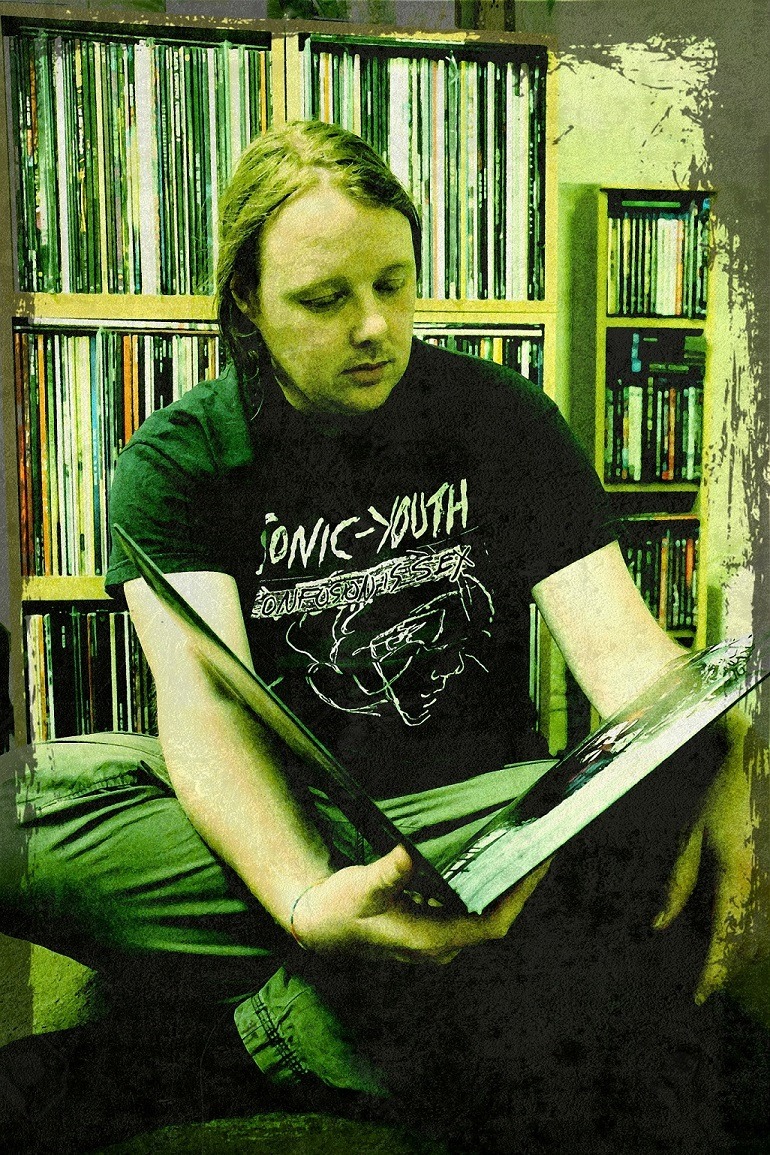
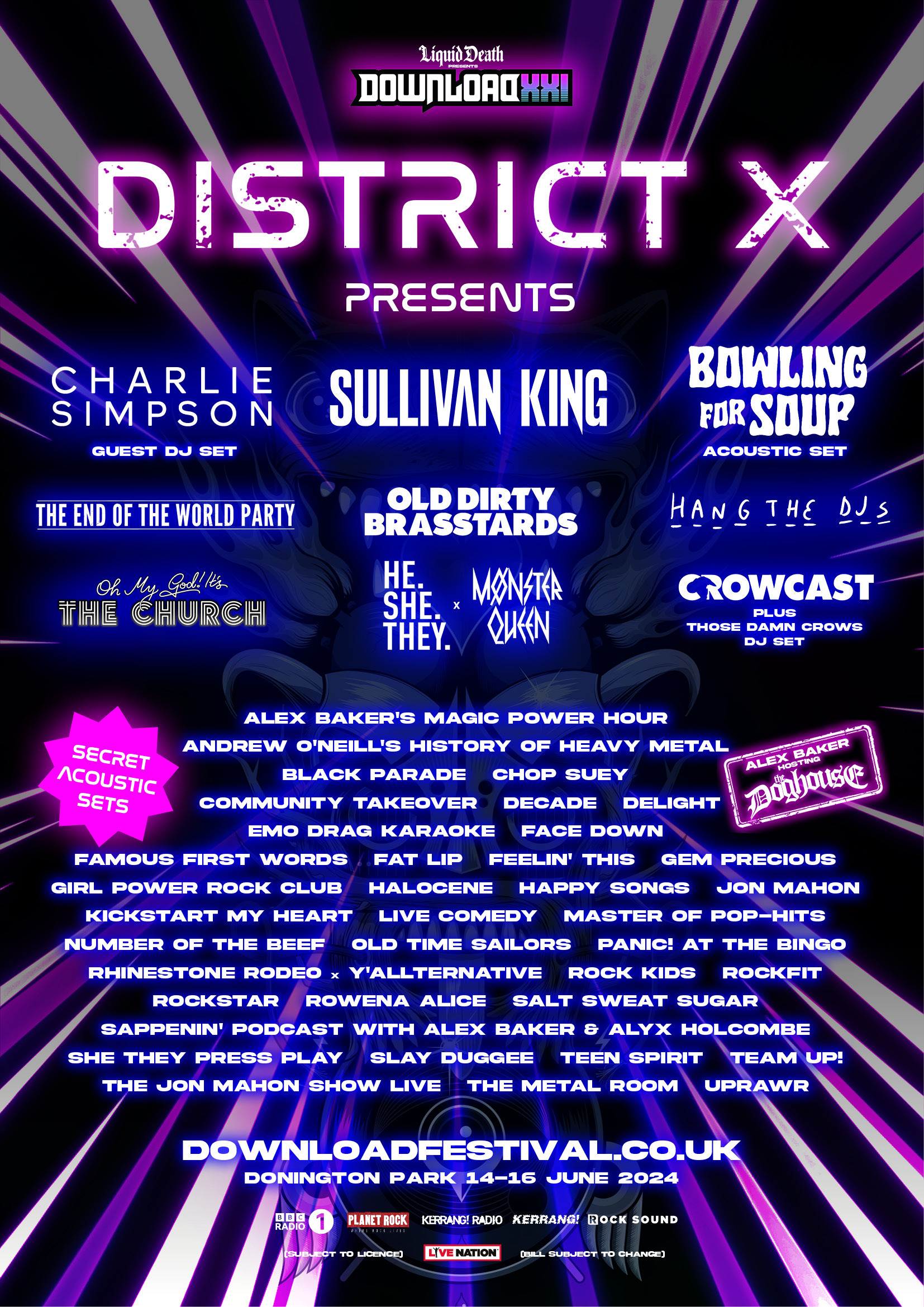
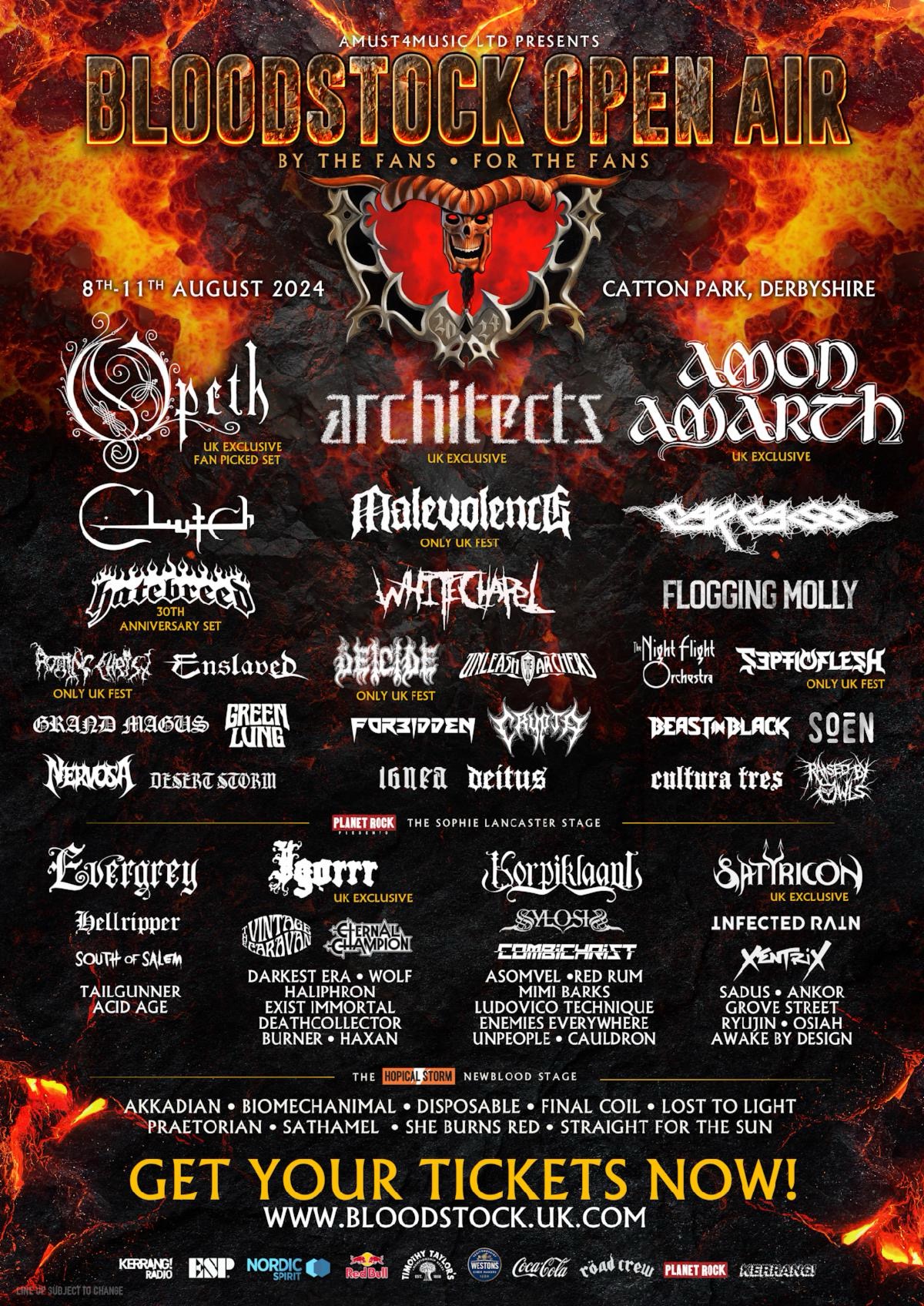
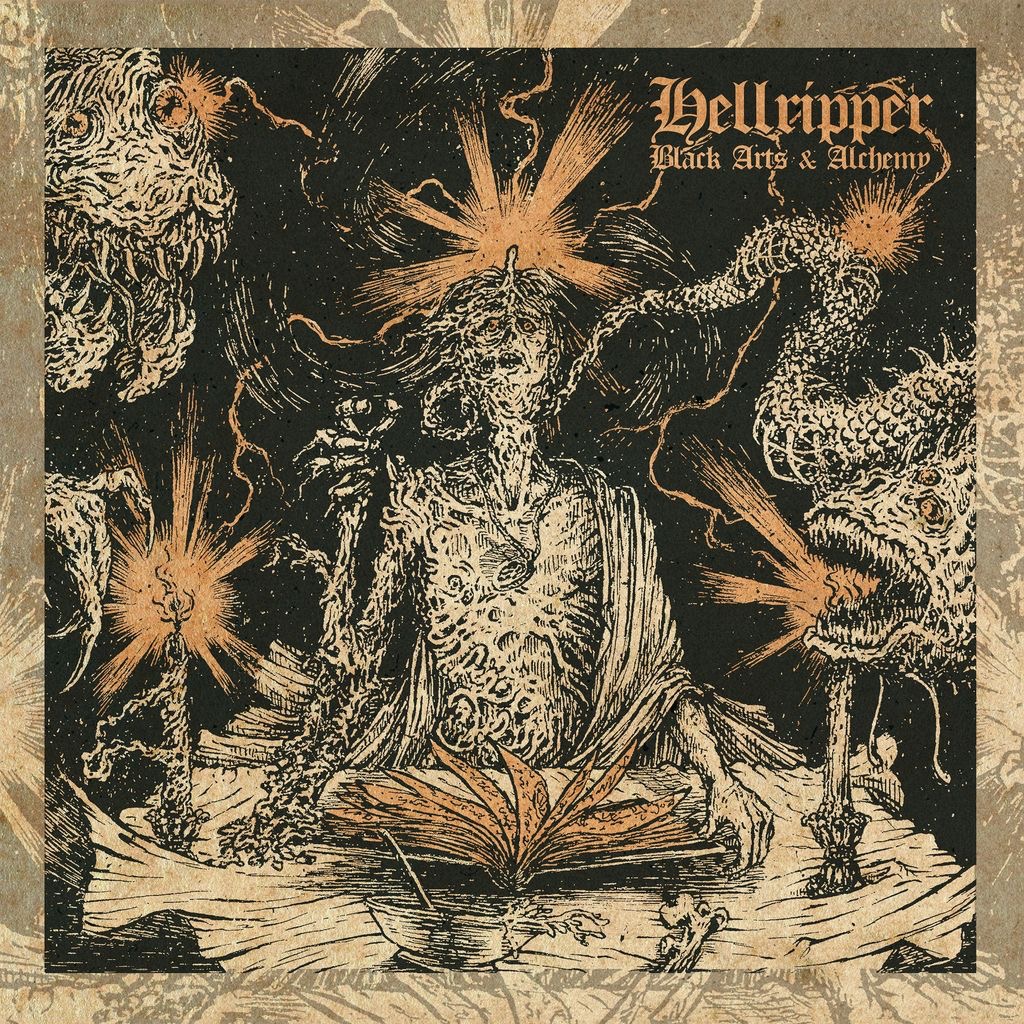
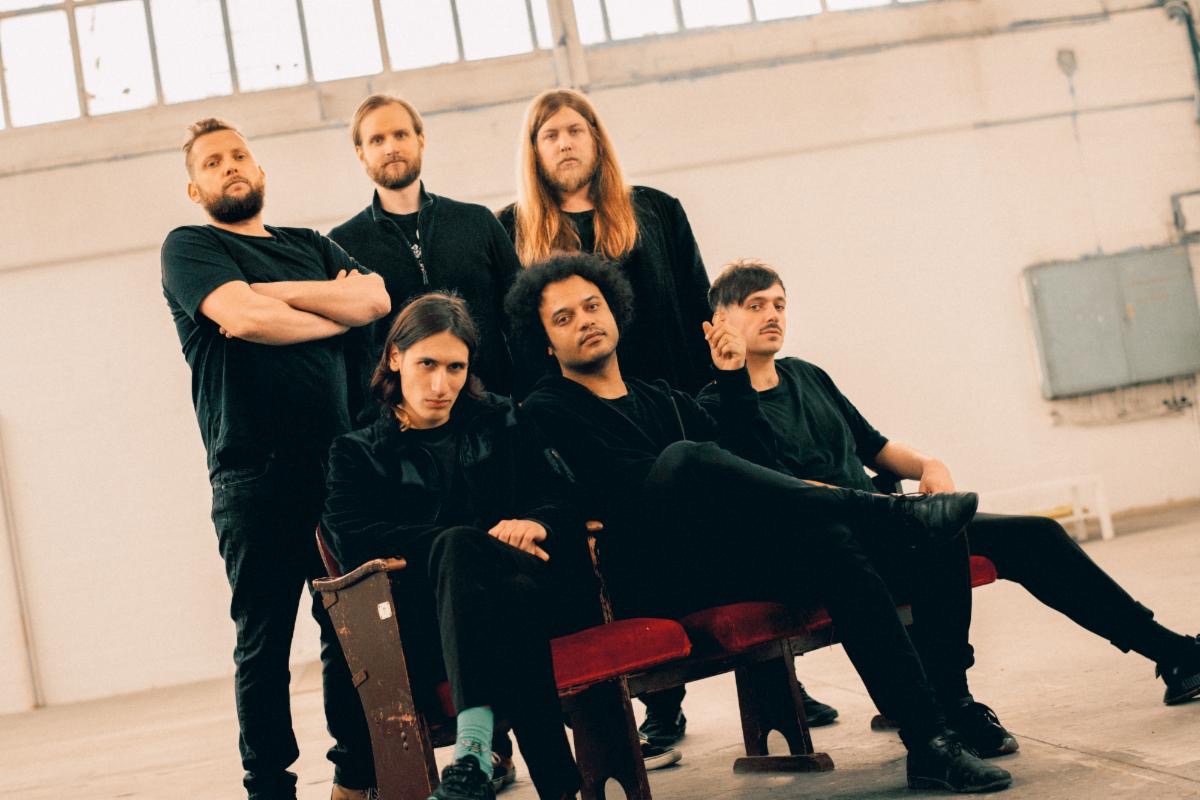
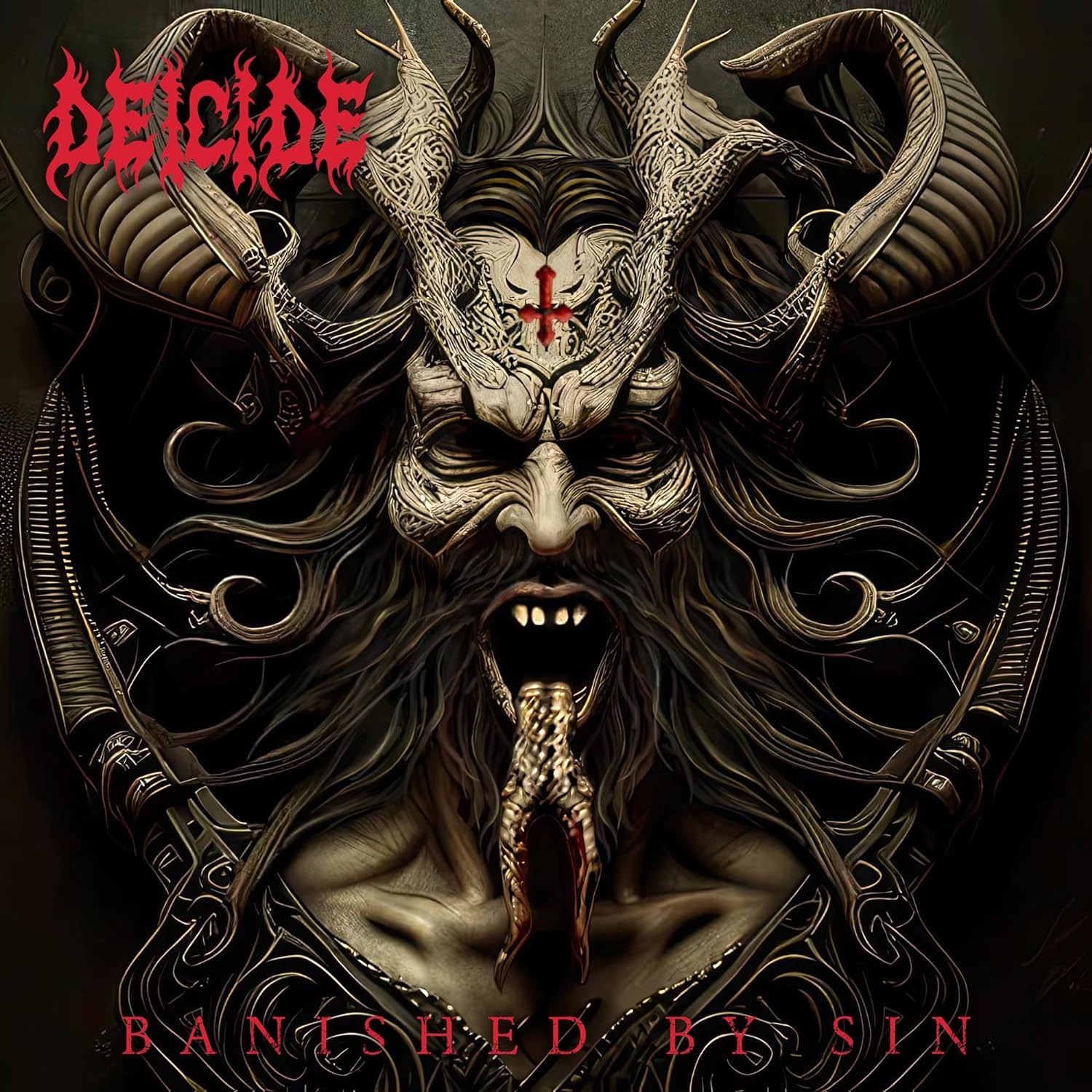

Leave a Reply